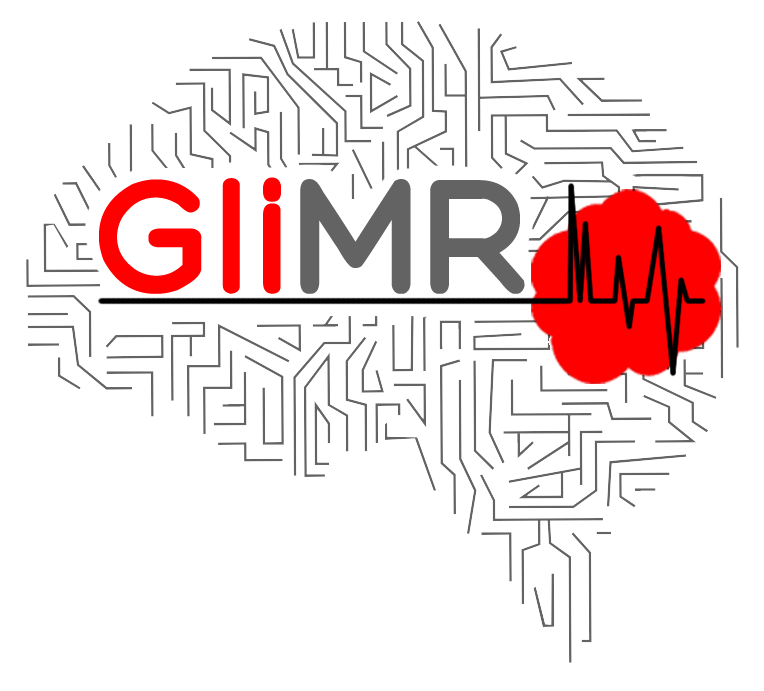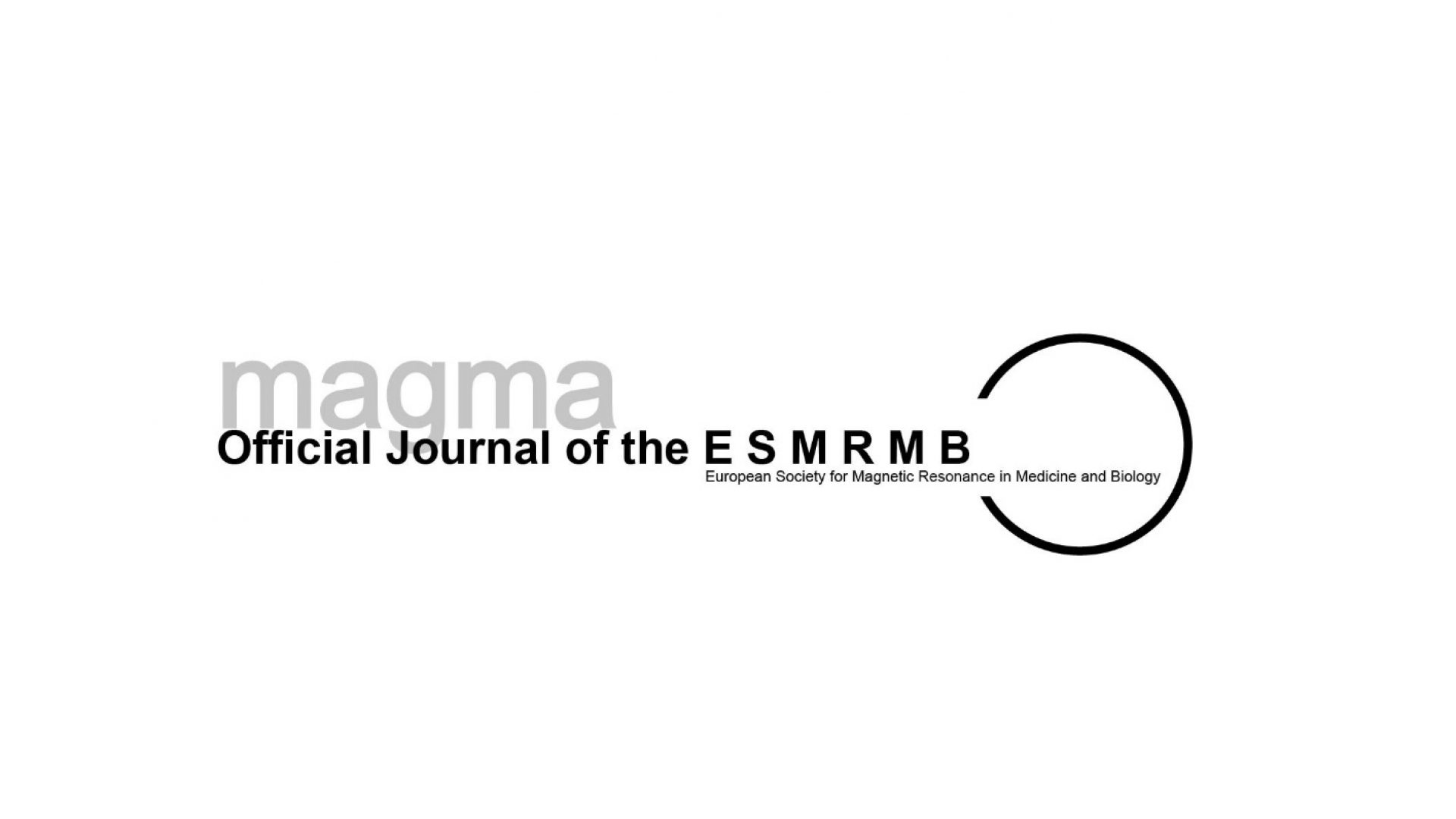Call for papers
Special Issue on
Micro- to Macroscale Magnetic Resonance Imaging of Glioma
MAGMA special issue, planned publication 1/2022
In Europe, approximately 50,000 patients are diagnosed with glioma each year. With no existing cure and overall survival rates ranging from >10 years for isocitrate dehydrogenase (IDH) mutated, 1p/19q co-deleted lower grade glioma to only 10 months for the most aggressive forms of glioma (IDH wild-type, glioblastoma), tremendous research efforts are being put into a better understanding of glioma pathology and improved treatment strategies. As a widely available and non-invasive medical imaging modality for investigating the structure and (patho)physiology of the brain, MRI should play a key role in these research efforts.
During the last decades, the scale of MRI research and clinical application has simultaneously become smaller and larger on many levels. Constant advances in MR hardware, acquisition, reconstruction and image analysis have enabled microscale measurements, including quantitative imaging of molecular and cellular processes and assessing genetic information with radiomics. Simultaneously, the increased number of potential contrasts to acquire, together with accelerated data acquisition schemes, have led to a norm of increasingly multiparametric MRI data acquisition in research and clinical settings. Moreover, the urge to harmonize data acquisition and the rise of machine and deep learning have led to the current drive for international, multicentre and multidisciplinary collaboration and data integration to generate big imaging datasets.
The European COST Action Glioma MR Imaging 2.0 (GliMR) is a young and international network that aims to bring together experts in multiple disciplines, including MRI physicists and engineers, molecular biologists, computer scientists and neuroradiologists, to keep on expanding the range of the micro- to macroscale potential of MRI to advance imaging of glioma. This goes from in vivo imaging of glioma pathophysiology at molecular level, to the development of deep learning algorithms allowing for multi-site, multi-vendor MR image analyses to aid non-invasive glioma diagnosis based on big, heterogeneous datasets.
The aim of this special issue is to promote research that focuses on advancing MRI to improve glioma imaging diagnostics. We invite submissions of original research that either fall within or expand micro- to macroscale assessment of glioma pathophysiology, such as:
- Technical development of advanced MRI for novel biomarkers of glioma
- Rapid acquisition and reconstruction of MRI for multiparametric glioma assessment
- Development of MRI post processing methods for improved glioma diagnostics, such as radiomics and big data analyses, including multi-centre data integration.
- Development and validation of novel imaging biomarkers for glioma treatment response and follow-up, including assessing efficacy of novel drugs or distinction of pseudoprogression from treatment effects.
Additionally, this special issue will contain commissioned review papers, developed by members of GliMR.
The deadline for manuscript submission is 30 June 2021, 23.59h. Papers should be submitted through the normal submission procedures on the web. Authors should indicate in their cover letter that the manuscript is submitted “For inclusion in the Special Issue on Micro- to Macroscale Magnetic Resonance Imaging of Glioma”. We look forward to receiving your manuscripts.
Editor-in-Chief
David G. Norris
Guest editors

Ghent University, Belgium

University of Minho, Portugal

Erasmus MC, Netherlands

Leiden University Medical Center, Netherlands

Erasmus MC, Netherlands
Advisors
Alberto Bizzi (Neuroradiologist), Neurological Institute Carlo Besta, Italy
Xavier Golay (MR physicist), University College London, United Kingdom
Camille Maumet (Computer scientist), University of Rennes, France
Lydiane Hirschler (Biomedical Engineer), Leiden University Medical Center, Netherlands
Jan Petr (MR physicist), Helmholtz-Zentrum Dresden-Rossendorf, Germany
Steven Sourbon (MR physicist), University of Sheffield, United Kingdom


